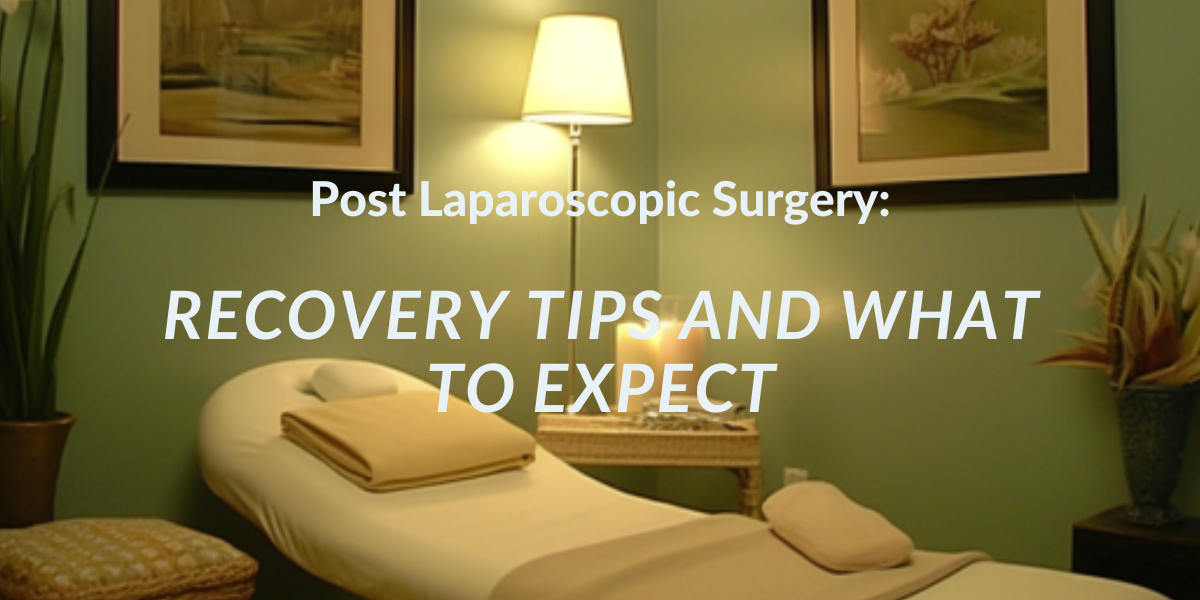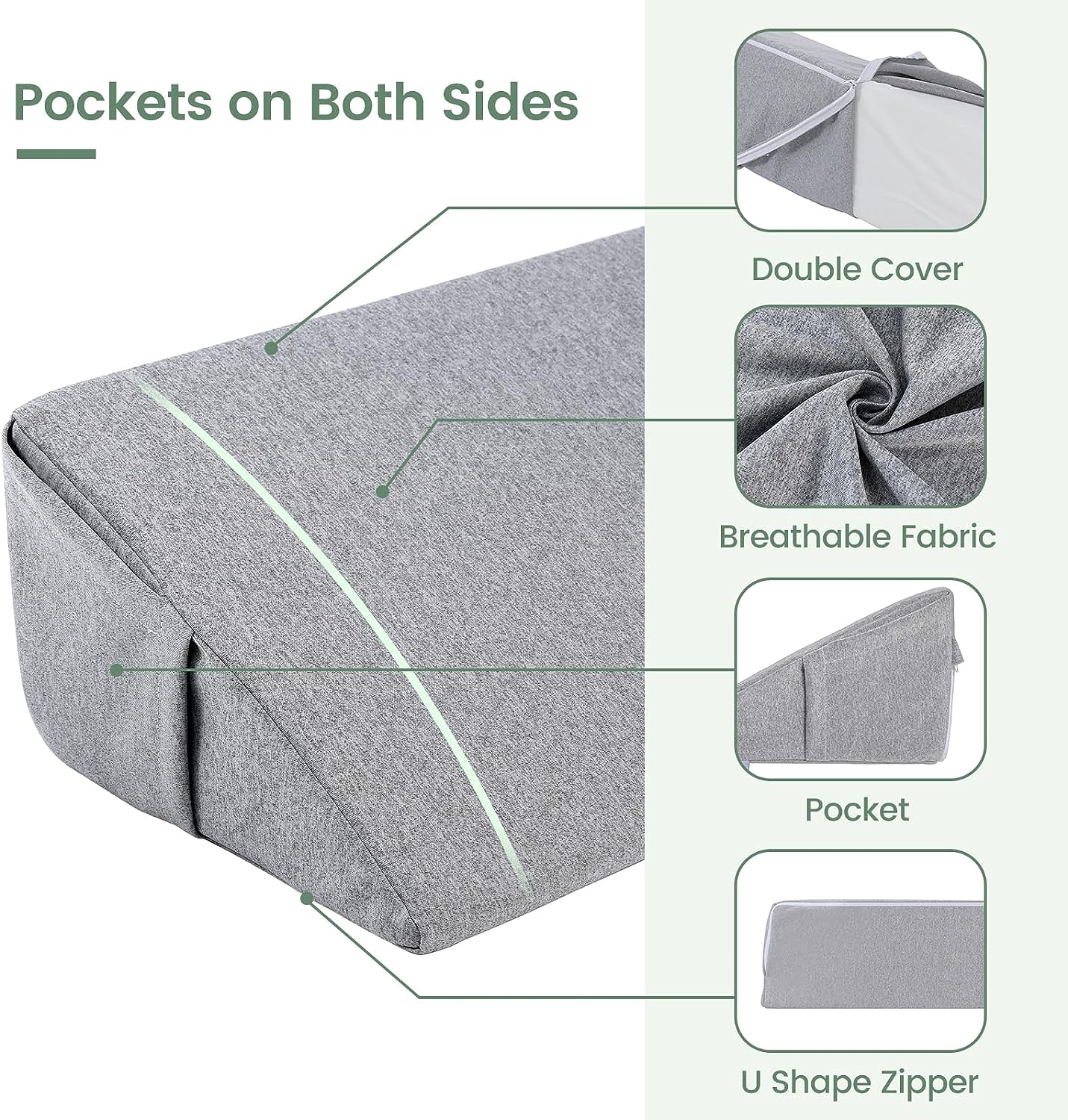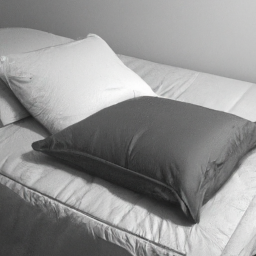If you’ve recently undergone laparoscopic surgery, you may be wondering what to expect during your recovery process. This minimally invasive surgical technique is commonly used for a variety of procedures, including gallbladder removal, hernia repair, and appendectomy. While laparoscopic surgery offers many benefits over traditional open surgery, such as smaller incisions, less pain, and a shorter hospital stay, it still requires a period of recovery to ensure proper healing.
After your laparoscopic surgery, you can expect to experience some discomfort and fatigue. Your doctor will likely prescribe pain medication to manage any pain or discomfort you may feel. It’s important to follow your doctor’s instructions for taking medication and to avoid strenuous activity during your recovery period. You may also need to modify your diet temporarily to aid in the healing process.
Most patients are able to return to their normal activities within a few days to a week after laparoscopic surgery, depending on the type of procedure performed. However, it’s important to listen to your body and not push yourself too hard too soon. If you experience any unusual symptoms, such as fever or excessive bleeding, be sure to contact your doctor right away.
Recovery
After your laparoscopic surgery, your body will need time to heal. The length of your recovery will depend on the type of surgery you had and your overall health. Here are some things to expect during your recovery:
What to Expect After Surgery
After your surgery, you will be taken to a recovery room where you will be monitored until you wake up from the anesthesia. You may feel groggy and disoriented at first, but this will pass. You will likely be able to go home the same day as your surgery, but some patients may need to stay overnight in the hospital.
Pain Management
You may experience some pain and discomfort after your surgery. Your doctor will prescribe pain medication to help manage your pain. Be sure to take your medication as directed and let your doctor know if you are experiencing any side effects.
Activity Restrictions
You will need to avoid strenuous activity and heavy lifting for a few weeks after your surgery. Your doctor will give you specific instructions on what activities to avoid and for how long. It’s important to follow these instructions to avoid complications and ensure a smooth recovery.
Returning to Work and Driving
You may need to take time off work to recover from your surgery. Your doctor will advise you on when it is safe to return to work. You should also avoid driving until you are no longer taking pain medication and feel comfortable and alert behind the wheel.
Diet and Fluids
Your doctor will give you specific instructions on what to eat and drink after your surgery. It’s important to follow these instructions to ensure proper healing and avoid complications. You may need to avoid solid foods for a few days and stick to a liquid diet. It’s also important to stay hydrated by drinking plenty of fluids.
Complications
Infection
After laparoscopic surgery, there is a risk of developing an infection. Signs of infection include fever, redness, swelling, and pain at the incision site. In severe cases, an infection can spread to other parts of the body and cause life-threatening complications. To reduce the risk of infection, your surgeon will give you antibiotics before and after the surgery. It is important to keep the incision site clean and dry and to follow your surgeon’s instructions for wound care.
Bleeding and Blood Clots
Bleeding and blood clots are also potential complications of laparoscopic surgery. Although rare, excessive bleeding can occur during the surgery or after the surgery. Blood clots can form in the legs or lungs, which can be life-threatening. To prevent these complications, your surgeon will take steps to minimize bleeding during the surgery and may recommend that you wear compression stockings or take blood-thinning medication after the surgery.
Swelling and Scar Tissue
Swelling and scar tissue are common after laparoscopic surgery. Swelling usually goes away on its own within a few days or weeks, but scar tissue can cause ongoing pain and discomfort. Your surgeon may recommend physical therapy or other treatments to help reduce scar tissue formation and improve your range of motion.
Injury and Inflammation
Injury and inflammation can occur during laparoscopic surgery. In rare cases, the surgeon may accidentally damage an organ or blood vessel during the surgery. Inflammation can also occur as a result of the surgery, which can cause pain and discomfort. Your surgeon will take steps to minimize the risk of injury and inflammation, but it is important to be aware of the potential risks and to report any unusual symptoms to your surgeon.
Liver Disease
Laparoscopic surgery can also be complicated by underlying liver disease. Patients with liver disease are at increased risk for bleeding and infection during and after the surgery. Your surgeon will take steps to minimize these risks and may recommend additional tests or treatments to manage your liver disease.
Specific Procedures
If you are undergoing laparoscopic surgery, there are several specific procedures that may be performed depending on your condition. Here are some of the most common:
Gallbladder Removal
If you have gallstones or other issues with your gallbladder, your surgeon may recommend a laparoscopic cholecystectomy. During this procedure, several small incisions will be made in your abdomen, and a laparoscope will be inserted to guide the removal of your gallbladder. Recovery time is typically shorter than with traditional open surgery.
Hysterectomy
If you need to have your uterus or other reproductive organs removed, a laparoscopic hysterectomy may be an option. This procedure involves making several small incisions in your abdomen and using a laparoscope to guide the removal of the organs. Recovery time is typically shorter than with traditional open surgery, and there is less scarring.
Biopsies
If your doctor needs to take a tissue sample for testing, a laparoscopic biopsy may be performed. This involves making a small incision in your abdomen and using a laparoscope to guide the collection of the tissue sample. Recovery time is typically shorter than with traditional open surgery.
Pancreas and Spleen Procedures
If you have issues with your pancreas or spleen, your surgeon may recommend a laparoscopic procedure to address the problem. This may involve making several small incisions in your abdomen and using a laparoscope to guide the surgery. Recovery time is typically shorter than with traditional open surgery.
Overall, laparoscopic procedures can offer several benefits over traditional open surgery, including shorter recovery times, less scarring, and reduced risk of complications. Your surgeon will be able to recommend the best procedure for your specific needs.
Conditions Treated
If you’re considering laparoscopic surgery, it’s likely that you have a condition that requires medical intervention. The following are some of the conditions that can be treated with laparoscopic surgery:
Endometriosis
Endometriosis is a condition where the tissue that lines the uterus grows outside of it, causing pain and discomfort. Laparoscopic surgery can be used to remove this tissue and alleviate symptoms. In some cases, this can also improve fertility.
Pelvic Inflammatory Disease
Pelvic inflammatory disease (PID) is an infection of the reproductive organs that can cause pain, fever, and infertility. Laparoscopic surgery can be used to remove scar tissue caused by PID and improve fertility.
Infertility
Laparoscopic surgery can be used to treat infertility caused by a variety of factors, including endometriosis, PID, and fibroids. By removing scar tissue and other obstructions, laparoscopic surgery can improve fertility and increase the chances of a successful pregnancy.
Overall, laparoscopic surgery is a safe and effective way to treat a variety of conditions. If you’re experiencing pain or infertility, talk to your doctor to see if laparoscopic surgery is right for you.
Conclusion and final thoughts 💭
After undergoing laparoscopic surgery, it is important to follow the post-operative instructions provided by your surgeon. By doing so, you can help ensure a successful recovery and minimize the risk of complications.
Remember to take any prescribed medications as directed, and to keep the incision site clean and dry. You should also avoid strenuous activity for a period of time, as recommended by your surgeon.
In addition, it is important to attend all follow-up appointments with your surgeon. This will allow them to monitor your progress and address any concerns you may have.
If you experience any unusual symptoms or complications during your recovery, such as fever, excessive bleeding, or severe pain, contact your surgeon immediately.
Overall, by following your surgeon’s instructions and taking good care of yourself during the recovery process, you can help ensure a successful outcome and return to your normal activities as soon as possible.



